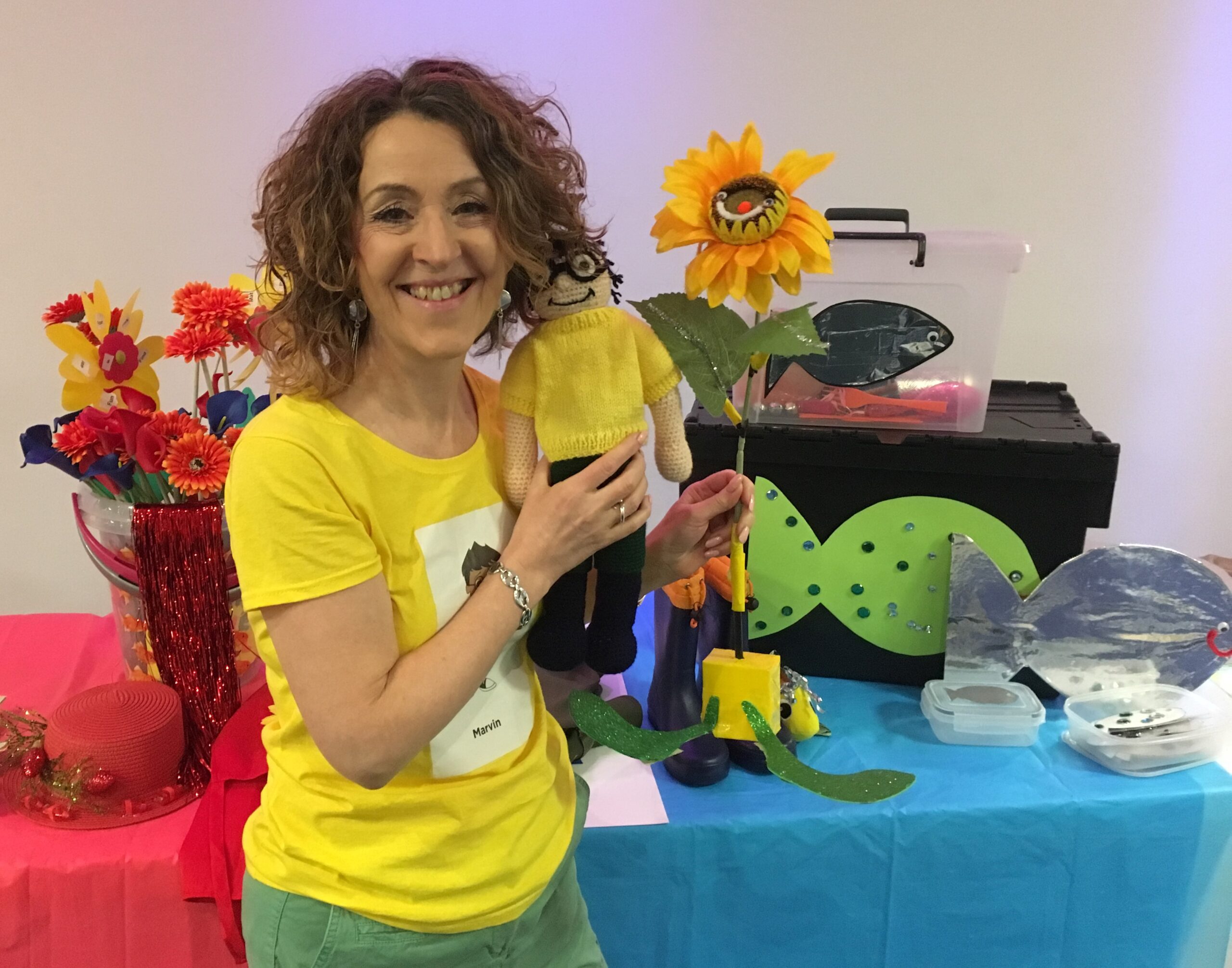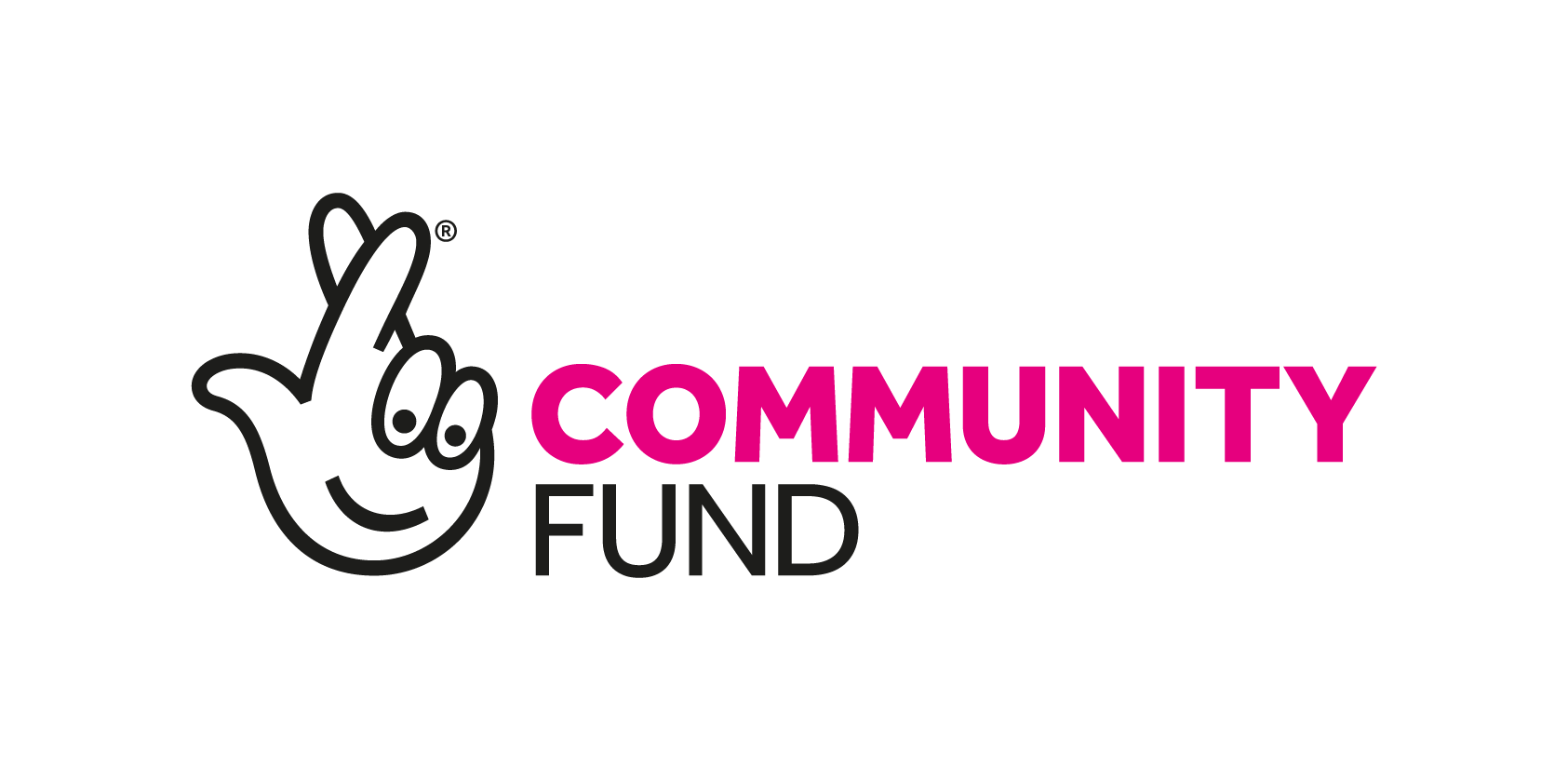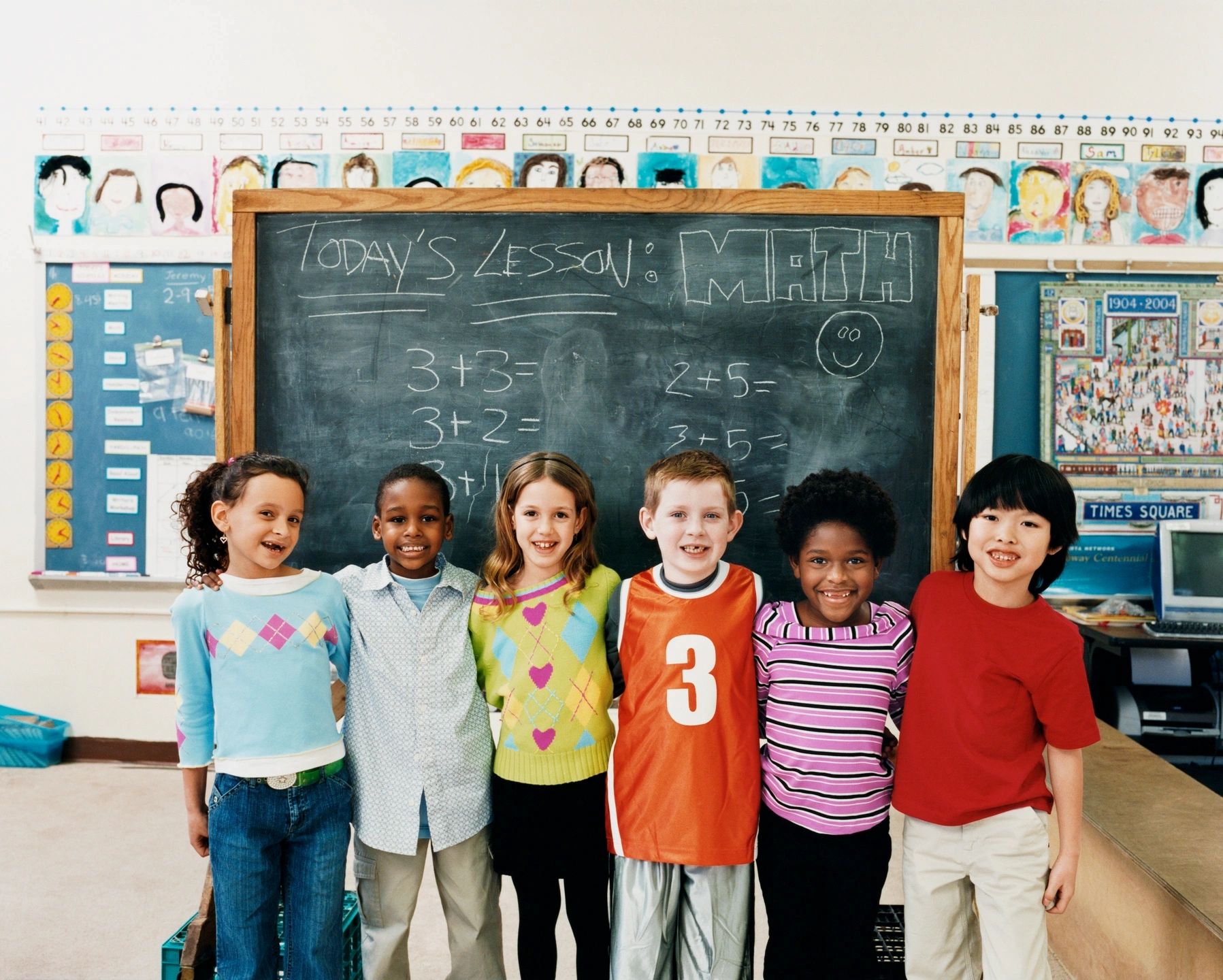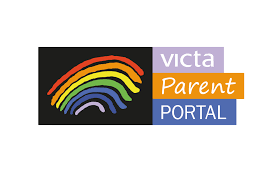A guest post by Gwyn McCormack, Director of Positive Eye: delivering training, courses and a unique product range to support the educational needs of children and young people with vision impairment
Gwyn will deliver a ‘Supporting literacy and learning at home using everyday experiences’ workshop at our Open Day on 28 September.
Sighted children develop a huge amount of knowledge and experience through incidental learning. During the first few years of life they have exposure to a vast range of visual symbols that convey meaning. This access to the literate environment doesn’t occur naturally for the child with visual impairment. Our goal is to expose the child with vision impairment to a rich variety of concrete experiences, involving as many objects, people, places and activities as possible. This should be done systematically, as early as possible and as often as possible.
Building this solid foundation of reading readiness skills and fun experiences from infancy is critical. Using a theme-based approach during the emergent stages of literacy development enables us to offer a multitude of rich, meaningful literacy learning opportunities linked to everyday situations, as well as ensuring we maximise the literacy opportunities from within fictional books.
We are surrounded by a vast array of learning opportunities which can be used to support the learning development of children with vision impairment. These start in the home, in the kitchen, in the bathroom, in the garden and beyond. A holistic approach harnessing the child’s everyday environment, embraced by professionals and parents offers the opportunity for exciting, creative and fun ways to develop the child’s skills. These skills– all crucial to the child’s emerging literacy pathway include: auditory and language skills, concept development, tactile and fine motor skills, book and story skills.
Key to concept development is that you ‘maximise and ‘reinforce’ each learning opportunity as much as possible in as many ways as possible. This is crucial. You are teaching the child about objects, their characteristics and qualities, how they are made, where they are stored and what their purpose is in different contexts. The child needs to feel, smell, taste (if appropriate) and look at objects and develop appropriate and meaningful language to support their understanding.
I call this understanding the ‘ness’ of the object/activity.
A popular Positive Eye concept building activity to demonstrate this is the ‘woodenness of wooden spoons’. Gather a collection of wooden spoons (different lengths and types); explore how they are made, where they are kept, what they are used for and where they can be bought from. Investigate the sounds that can be made, explore the textures and feel of each spoon and taste food from them. In doing this we are looking at developing a clear understanding of ‘Process, Form, Shape and Purpose’.
Experience and maximise the learning opportunities by organising spoons from the shortest to longest, thinnest to widest, or smallest head to biggest; or measure using each spoon as a unit of measurement. Visit your local store and buy a wooden spoon, wash it, feel it when it is wet, dry it, put it in the drawer. Make beans on toast, feel how many beans fit on the spoon, try eating the beans from the spoon, does the spoon fit in your mouth? If not, whose mouth does it fit in?
Then, building on this approach, collect a Basket of Everyday Objects, (cups, jugs, brushes, spoons, socks, sponges, boxes) and develop and progress to include greater concept development, tactile discrimination and fine motor skills. Use different textures, make sounds, play and extend the learning – rattle the spoon in the cup, fill the cup and the jug with water and find out which holds the most, squeeze water from the sponges, match the socks or categorise the brushes, such as toothbrushes and paintbrushes.
These approaches form the way in which Story Buckets work. They offer a fun, creative way of cueing the child into enjoying a meaningful literacy experience linked to either a story or everyday learning opportunity or both. A practical example of this approach is Positive Eye’s well loved story ‘Marvin’s Market Adventure and Grandma’s Special Birthday Picnic’. This is a story about Marvin who was a kind a little boy. He loved to visit his Grandma and help her to look after her beautiful garden. One day he decided he would surprise her as it was her birthday and he want to make her a special picnic. He wrote his list of all the things he would need for the picnic and set off to the market to make his purchases. He would buy a beautiful flower for her garden and a little shiny fish for her pond…..little did he know that he was in for a surprise when he arrived at the market!
The story demonstrates how to support and develop a theme based approach using a fictional story, based on the rich learning opportunities within the everyday experience of the market place. It embraces the ‘marketness’ of the market place.
Using an appropriately sized bucket with a bucket apron fitted around it provides a convenient portable carrier and a place from which to bring the story to life. The pockets of the apron create exciting storage spaces to place the objects for the child to find, whilst larger objects can fit into the bucket itself. Blank credit cards with large print/audio labels/Braille labels are attached with Velcro to each pocket to encourage the child to read/listen to the label, letter/word.
Here is a list of some of the things gathered for the story bucket:
Bucket, bucket apron, Marvin (boy doll), sunflower with tatty leaves, 2D cut out silver fish, vegetables and fruit. Piggy Bank, purse, shopping list, shopping bag, real or plastic flowers. Bread rolls, gingerbread men, cake, lots of little and big shiny fish cut out in card, picnic cloth, bottle of lemonade, big and little plastic boxes for big and little fish, real vegetables and fruit. Red hat and apron, flat cap and apron, fisherman’s hat and wellington boots, baker’s apron and hat, paper bags, birthday candles.
As the story is told the child is cued into the critical features of the objects as they are introduced. With encouragement and support they can locate, explore, feel, press, touch, lift, hold, grasp, look, smell and taste (as appropriate). Talk to the child and use meaningful language to describe and explain purpose, shape, form and process as the story unfolds.
Here are some examples of the wonderful learning opportunities that lie within Marvin’s story. There are many more besides.
Main story
Read the story and give the child the real objects to hold whilst they listen
provide labels for all the items and have the child match the Braille/print label to the item
Dress up and role play the story
Make a simple model of a market stall
Make a book of main characters and key words
Make a shopping list; handwrite, type, record using audio labeller
Count money into wallet, sort coinage
Flora Flower’s Stall
Plant flowers and vegetables – measure growth
Feel the parts of the flower, petals, stalk, leaves
Talk about how flowers are used to signify different occasions: birthdays, weddings, saying thank you
Veg Man Vernon’s Fruit and Vegetable Stall
Buy and explore real fruits and vegetables, count, sort, categorise, discriminate, smell, taste, cut, cook, eat,
Make vegetable prints, add sand to paint to create texture
Explore a vegetable patch, grow own vegetables
Fishman Phil’s Stall
Visit a fishmonger, buy a fish, feel and explore, smell, cook and eat!
Talk about where fish live, pond, seas, rivers, lakes
Grandma’s picnic
Make/buy/decorate a birthday cake
Make gingerbread people: count, buy ingredients, make, bake and eat
Lay table for picnic, count how many plates, glasses, spoons are required
To sum up, literacy opportunities are all around the child waiting to be explored and experienced. Remember to add ‘ness’ onto everything you talk about, the ‘bucketness’ of buckets, the ‘fishness’ of fish, the ‘cakeness’ of cakes and more! Keep it concrete and purposeful with learning maximised to the full, but most of all keep it fun!
About Positive Eye
Gwyn McCormack founded Positive Eye in 2008, her mission being to provide practical courses, consultancy and a bespoke product range of resources for practitioners working with children and young people with vision impairment (VI). Positive Eye has developed a business that is highly respected and which works nationally in the UK and internationally. Gwyn has presented training in over 10 countries including Iceland, Belgium, France, Germany, Sweden, Romania and now more recently in the USA where there is a new developing interest in her work with 3 visits already under her belt and a 12 day training tour of Kentucky and South Carolina ahead. This is in addition to the great honour of being asked to present a pre-conference workshop at the Getting in touch with Literacy Conference in Seattle in November.
Gwyn uses her many years of experience as a Qualified Teacher of VI (QTVI) and Head of Service to deliver imaginative and creative approaches, within easy to use frameworks, equipping the front line practitioner with the practical skills they require to support children and schools. Her work has included taking the lead role in delivering the two year QTVI course at the University of South Wales, contributing to the University of Birmingham QTVI course, participating in European projects; the most recent on developing educational resources for professionals working with children with CVI. At the moment she is working with the Welsh government and has developed an exciting new approach; Step-back, a whole school/setting approach to promote independent learners to support Wales implement their new Additional Learning Needs Act.
Please do get in touch if the courses, resources and approaches developed by Positive Eye are of interest to your work.
Email: [email protected]
Phone: 07947571559
Facebook: https://www.facebook.com/PositiveEye/
Twitter: @PositiveEyeLtd
Instagram: @pos_eye




